AO Edited
Relics of Zlătari Church
The preserved arm of a third-century sorcerer is believed to have the power to lift curses and spells.
At a small church in Bucharest, Romania, are the relics of St. Cyprian the Mage, the patron saint of necromancers, witches, and sorcerers, who lived in the third century. The preserved arm of the ancient magician, which rests in Zlătari Church, is believed by many to have the power to lift curses and spells when touched.
According to the legend, Cyprian, before becoming a Christian, travelled around to places like Greece, Egypt, and India, and became a powerful sorcerer. When he finally settled in Antioch in Pisidia, near the modern-day Turkish town of Yalvaç, his reputation brought people to him asking for favors.
One of these people was a fellow pagan who desired the hand of a Christian woman named Justina, who had taken private vows of chastity. The pagan asked Cyprian to cast a spell on Justina and induce her to fall in love with him. Cyprian summoned demons to corrupt her, but her prayers were too strong, and she made the sign of the cross, which thwarted their efforts.
Cyprian was distraught by his failure, and, seeking forgiveness, made the sign of the cross as well, freeing himself from Satan’s hold and converting to Christianity. He burned his magic books and became a deacon, a priest, and a bishop. He was, alongside Justina, tortured and beheaded in 304 AD, during the Diocletian persecution. Their bodies were eventually entombed, so the story goes, in Constantine’s basilica.
Evidence of their historical existence is very scarce, so in 1969 their feast day was removed from the calendar of Roman Rite celebrations, and in 2001 their names were removed from the official list of saints recognized by the Roman Catholic Church. Some Catholics continue to honor them, along with members of the Eastern Orthodox and Oriental Orthodox Churches, including those who believe that St. Cyprian’s arm rests in Zlătari Church and is their best defense against magic worked against them.
The church itself, a Romanian historic monument known as “a church of miracles” due to the alleged powers of St. Cyprian’s arm, got its name from the Roma goldsmiths, or “zlătari,” who lived in the neighborhood and built the original wooden church in the 17th century. It was rebuilt in 1850, after nearly being destroyed by earthquakes earlier in the 1800s, and is known for the beautiful frescoes by Gheorghe Tattarescu that decorate the walls and the door.
The domes of the Zlătari Church were damaged by an earthquake in 1940 and repaired in the 70s. Development of the area in the 20th century has been the biggest contributor to changes in the appearance of the church, which used to include an inn and a bell tower, and was surrounded by a garden.
Know Before You Go
Right between Stavropoleos and Lipscani streets.
Community Contributors
Added by
Edited by
Plan Your Trip
The Atlas Obscura Podcast is Back!






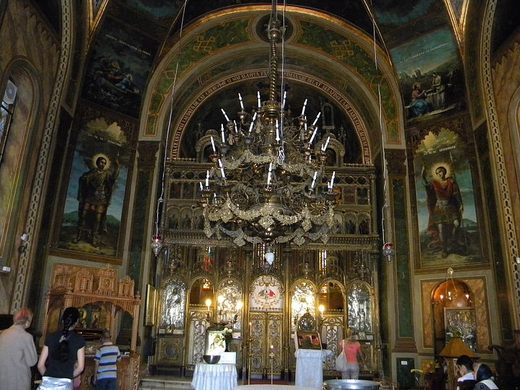
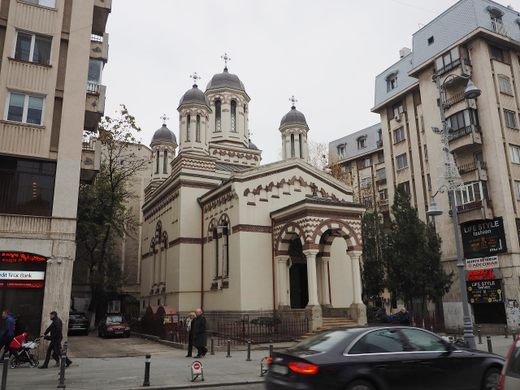

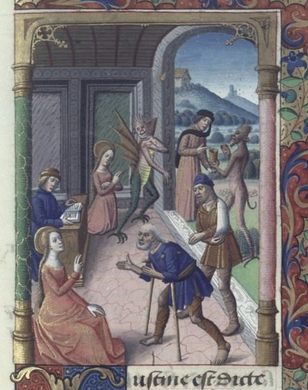
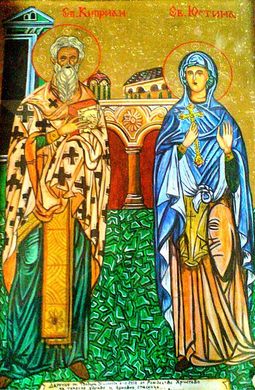
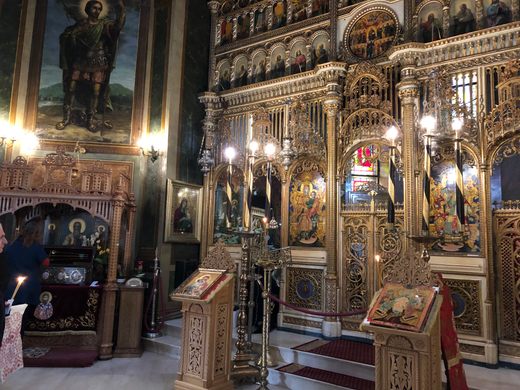
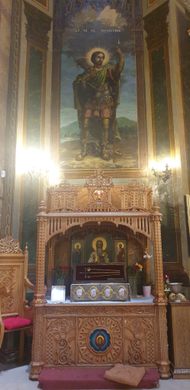
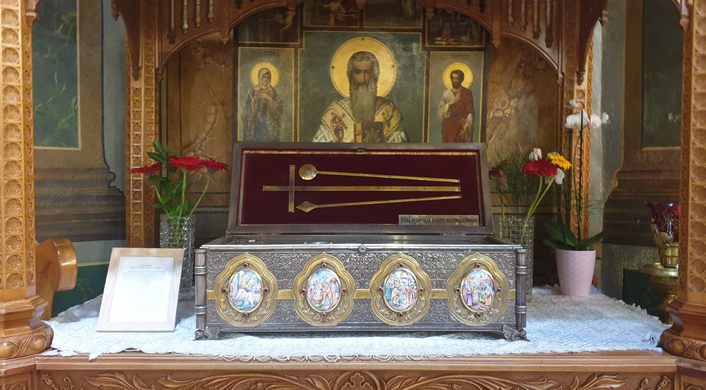










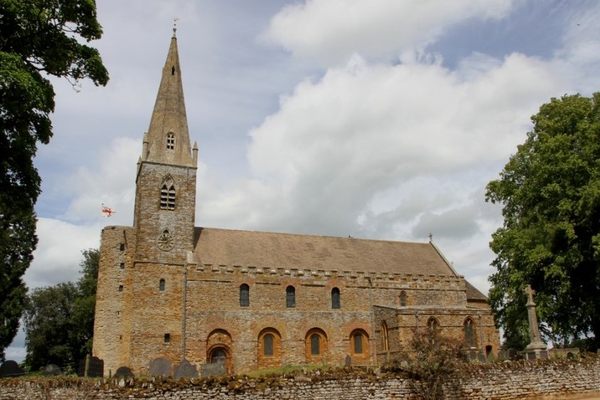
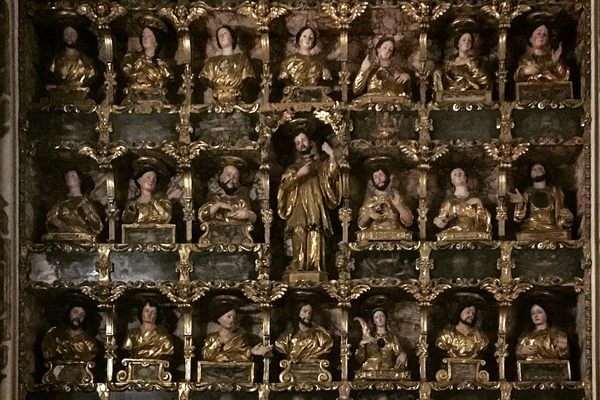




Follow us on Twitter to get the latest on the world's hidden wonders.
Like us on Facebook to get the latest on the world's hidden wonders.
Follow us on Twitter Like us on Facebook